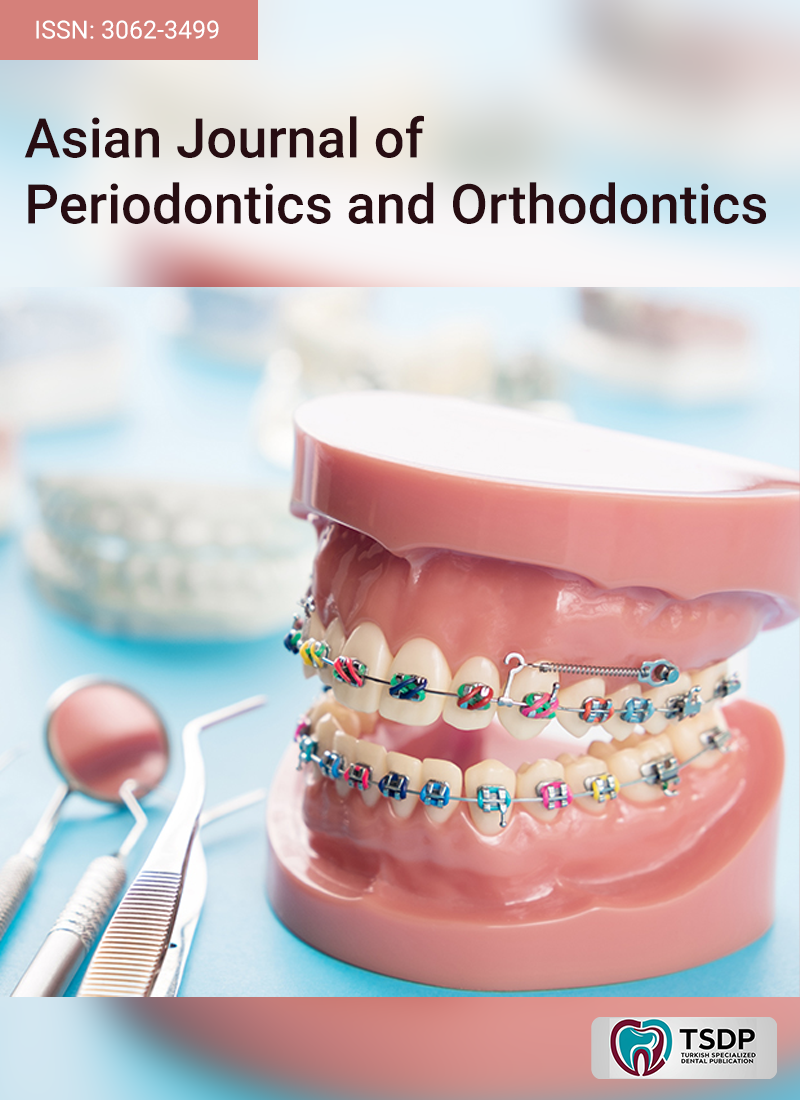
The first essential step in designing appealing grins is comprehending the elements that influence smile attractiveness. The study aimed to evaluate how four distinct groups—orthodontists, prosthodontists, endodontists, and laypeople—perceived the aesthetics of smiles regarding asymmetry in the gingival margins of the maxillary canines. Two subjects—one male and one female—were photographed with their frontal smiles in both full-face and close-up views. Digital adjustments were made to the images to produce asymmetrical pictures that matched the central incisors' gingival margin levels with the maxillary canines. Four phases of changes were done to the right canine's gingival margin using this new picture, with 1-mm increments and decrements. Using visual analog scales, 40 orthodontists, 40 prosthodontists, 40 endodontists, and 40 laypeople evaluated the smiles' final full-face and close-up photos. In most cases, a statistically significant difference was observed, with orthodontists being more accurate than endodontists, prosthodontists, and laypeople in identifying grin asymmetries. This study suggests that prosthodontists, endodontists, and orthodontists may detect gingival marginal asymmetry of the maxillary canine as small as 1 mm.